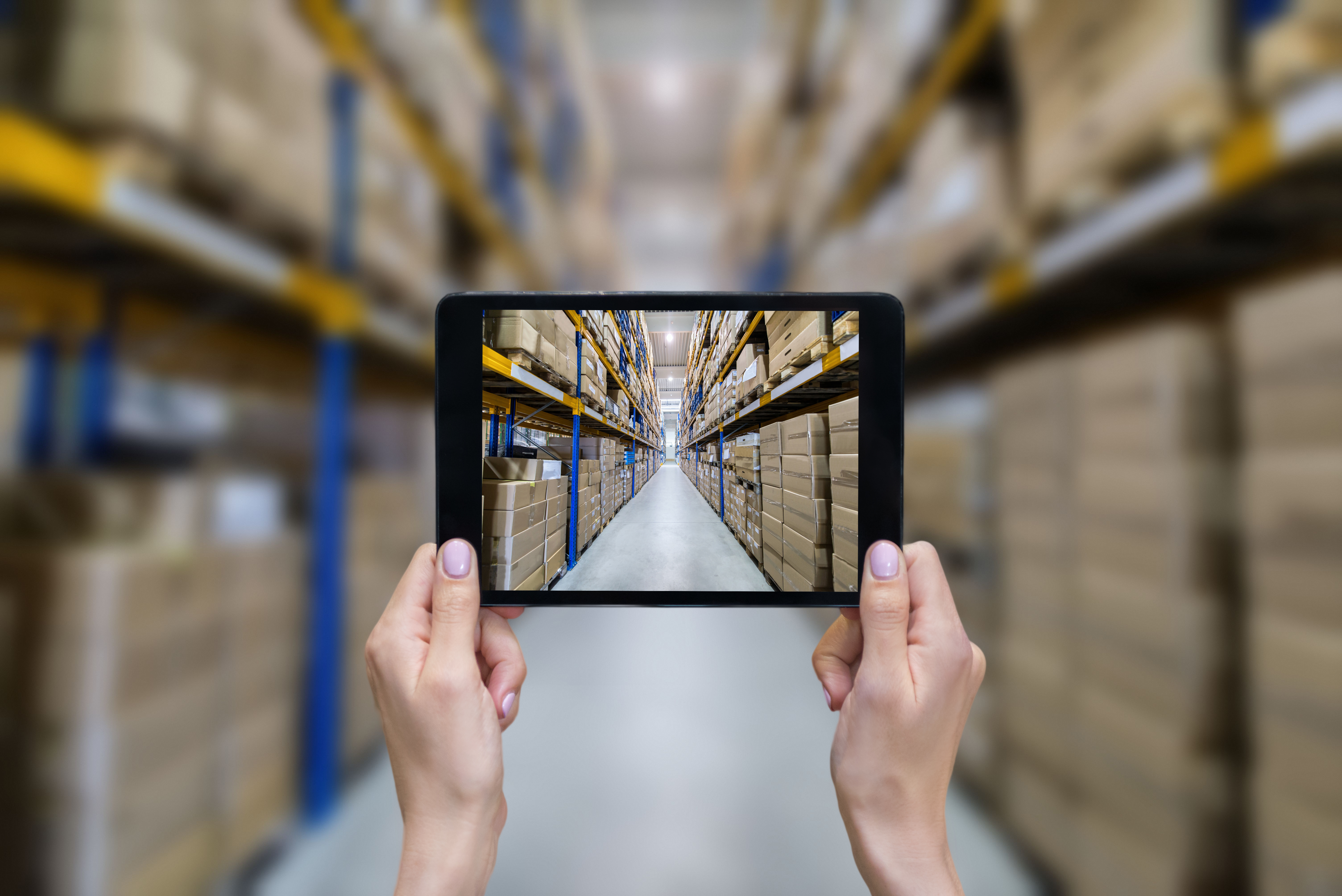Terminal Emulation — the ‘Zip Code’ for Task Workers
I’m old enough to remember when the U.S. Postal Service introduced the “Zoning Improvement Plan” or ZIP codes in 1963. And a memorable slogan from an early ad campaign introducing this new process-efficiency plan has stuck with me ever since: “Mail moves the country. ZIP codes move the mail.”
In the areas of warehouse and distribution center modernization, there’s an ever-increasing need for process efficiencies to boost both productivity and accuracy. The margin for error is being scrutinized and warehouse operations present opportunities for competitive differentiation.
Achieving the “perfect order” (encompassing picking accuracy, on-time delivery rate, shipping without damage, and order entry accuracy) is increasingly the goal.
Terminal Emulation—an enterprise mobility staple since the 1990s
Though not nearly as old as the first ZIP codes, Terminal Emulation (TE) has been a staple for enterprise mobility solutions since the 1990s when wireless mobility gained traction. TE made it easy to see and capture the data from the server-based supply chain management systems.
Wavelink TE has a proven 20-year track record of meeting business needs. Without question, it’s a task worker “productivity catalyst” for enterprises across industries.
And as product marketing manager Rob DeStefano explains in “The Android Expectation” white paper that you can download below, Wavelink brought TE to the Android operating system in late 2011—in time for the first rugged Android devices.
“With TE, early adopters of Android devices could stay with their trusted mobility client and begin to roll out new devices,” DeStefano says. “The ability to adopt new hardware without the risk of new software at the same time has been a relief for many customers. However, with its ‘green screen’ interface, TE left something to be desired by those looking for a more ‘Android experience’”.
DeStefano explains that Android—and fellow consumer operating system, iOS from Apple—really changed the mobile experience. Finger-tapping, swiping, pinching and panning are all new ways to navigate on a smartphone. “Aside from the way we interface with apps, the devices offer bright, beautiful screens. Display technology advanced with incredible clarity. How does one take advantage of all of this—the full Android experience?”
According to DeStefano, in the same way that application vendors were reluctant to fully rewrite their apps for Android, companies around the globe discovered the same pains of cost, risk, and effort to migrate from their existing applications to new alternatives on Android. To solve this, Wavelink created the Velocity platform.
“Velocity takes your existing telnet client or web application and modernizes it for a touchscreen experience,” DeStefano says. “What does that mean? Your existing, trusted ‘green screen’ client becomes an Android app—complete with screen-tapping navigation; a clean, intuitive user experience; and the ability to offer full color and graphics so workers can easily read and interpret task workflows.”
DeStefano says you don’t need to migrate to a new application when you can modernize with Velocity. “Underneath that elegant interface is the tried-and-trusted telnet client performance you’ve relied on for years. You can continue to depend on your Android application with confidence. Only now, the user experience for your workers is much more intuitive and familiar, and it replaces multiple keypresses with single screen-taps.”
Here are some additional key points about Wavelink TE:
Modernize the host application automatically
Velocity handles the conversion of your host application’s text interface automatically, so you can devote your software-development resources to other projects. Your workers gain a mobile application that is contemporary and familiar, while your business avoids the costs of having to develop one.
Skip the middleware
The Velocity platform consists of the mobile app/browser and administrative console. Complexity doesn’t get between your mobile devices and your host application.
Customize keyboards
Many of today’s touchscreen devices have few, if any, physical keys for data entry. Velocity lets you create customized onscreen keypads, so you can present workers with the data entry keys appropriate for the task at hand.
Raise productivity with an optimized mobile experience
Powerful scripting and reformatting capabilities let you automate data parsing and customize your workers’ mobile experience like never before

